The Best Time to Start Planting Outdoors—And How to Get It Right!
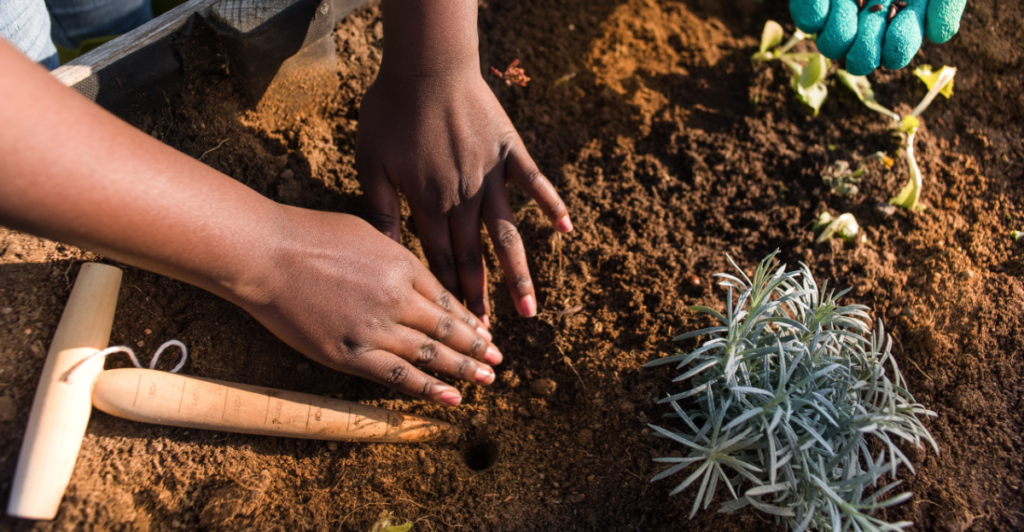
Many people want the luxury of a blooming garden, but they might not have green fingers. If you understand the basics of when to plant, you’ll be one step closer to having a luscious garden that grows exactly how you want it to.
Understanding Your Local Climate

Before you think about planting outdoors, there are a few things you need to keep in mind to give your plants the best chance of survival. While most plants have general guidelines, soil type, and regional weather can impact these plant times. For example, frost-free areas can plant warm-season crops like cucumbers and peppers earlier, while colder regions must wait until soil temperatures rise.
Keep An Eye on Frost Dates
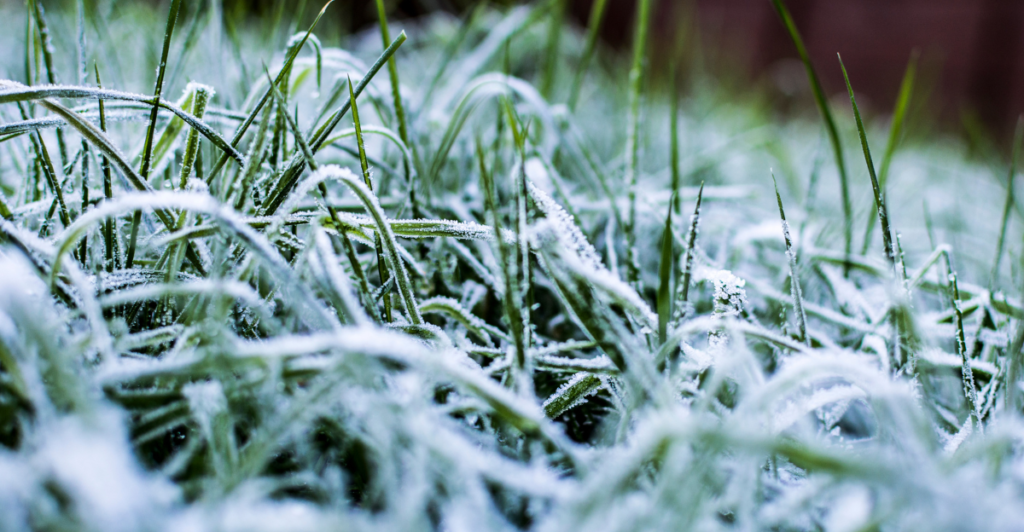
If you want to give your plants a chance at survival, keeping an eye on frost dates is essential. Cool-season crops like spinach and lettuce can tolerate light frosts and should be planted weeks before the average last spring frost date. Warm-season plants, like tomatoes and squash, need soil temperatures above 65°F (18°C) and must wait until after the last frost.
How to Prepare Your Soil
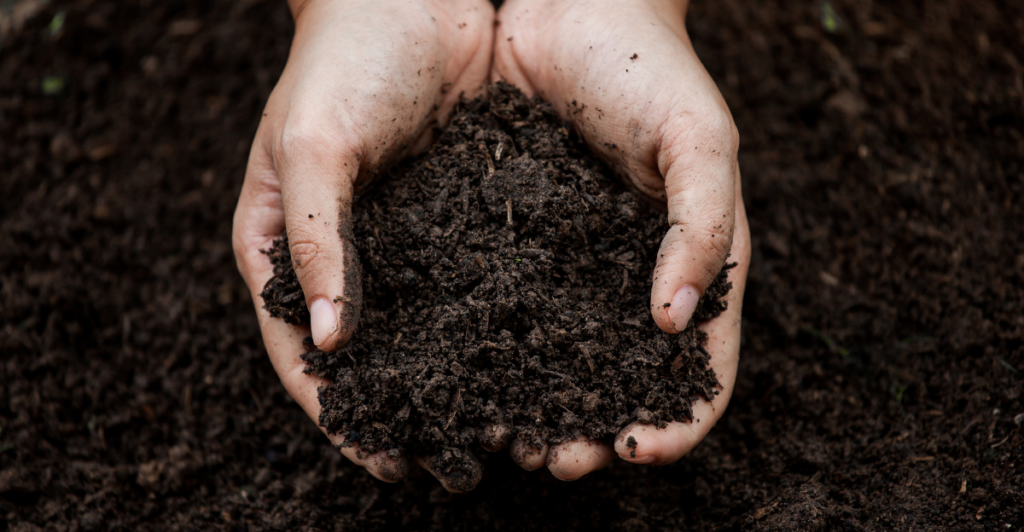
The quality of your soil can drastically affect the success levels of your plants. Heavy clay soils benefit from added compost to improve drainage, while sandy soils need organic matter to retain moisture. Test pH levels, as most vegetables thrive in neutral to slightly acidic soils (pH 6–7). Avoid planting in waterlogged or compact soil, as it won’t do your plants any favors and will most likely just rot their roots or not grow at all.
Cool-Season Crops

Quite a few crops do really well when planted in cooler temperatures. It’s best to sow seeds 4–6 weeks before the last frost date or transplant seedlings 2–4 weeks before. Some examples of these vegetables are broccoli, cabbage, and carrots, which can tolerate light frosts well enough to be planted.
Warm-Season Crops
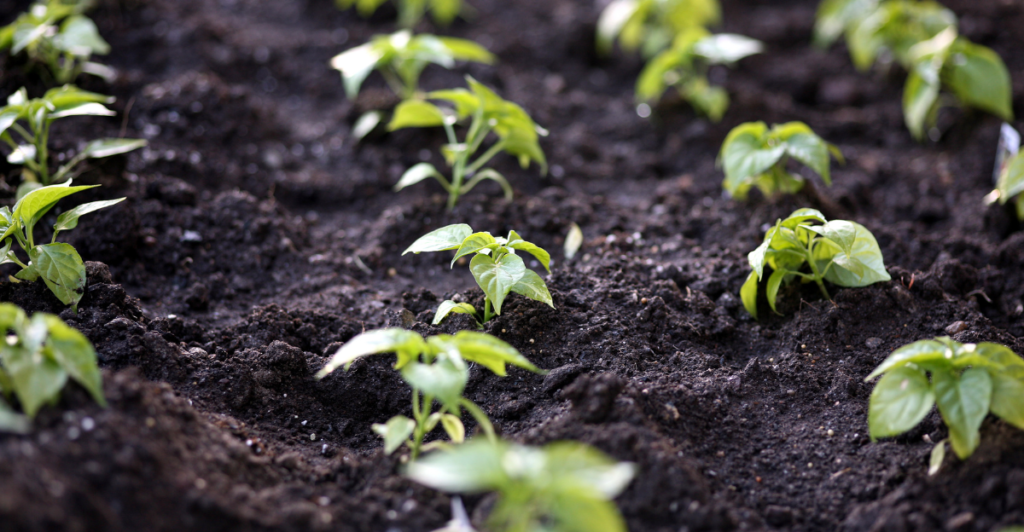
Some plants rely on frost-free conditions and warm soil to grow optimally. Wait until nighttime temperatures stabilize above 50°F (10°C) and soil reaches 65°F (18°C). Some of these crops include tomatoes, peppers, and cucumbers; they need a little more TLC to grow well. For example, tomatoes thrive when lows stay above 55°F (13°C), while squash seeds germinate best in the soil near 70°F (21°C)
Seed Starting vs. Direct Sowing

Some plants do better depending on the way they started growing. Some seeds have a better chance of survival when planted indoors for 6–8 weeks and grown before being moved outside. Other plants prefer planting directly into the soil and growing from there.
Planting Techniques for Success
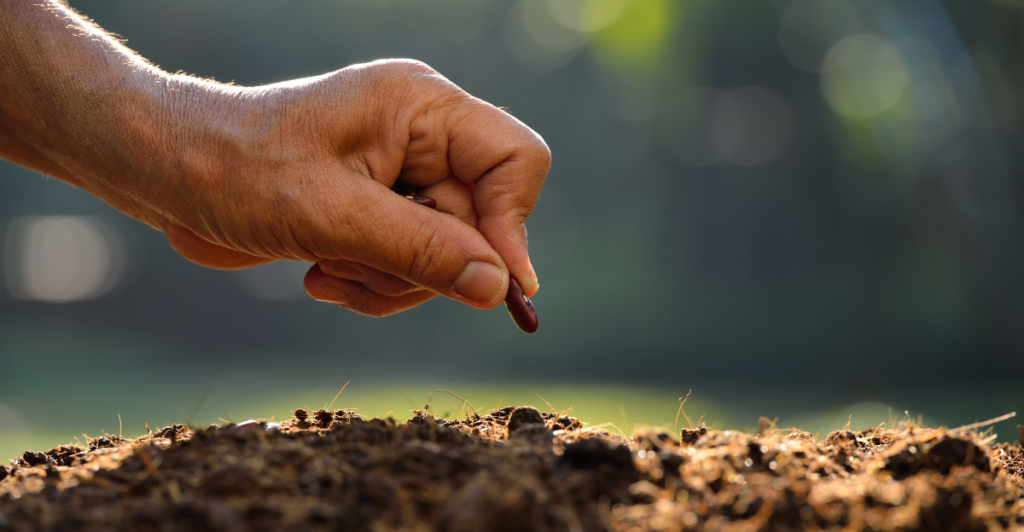
How you plant your seeds can significantly impact their planting success. Dig holes slightly deeper and wider than the plant’s rootball. For bare-root plants, gently spread roots evenly and firm soil to avoid air pockets. If you’re planting seeds that have already been grown, loosening root mats can help them grow even better.
Weed Management Before Planting
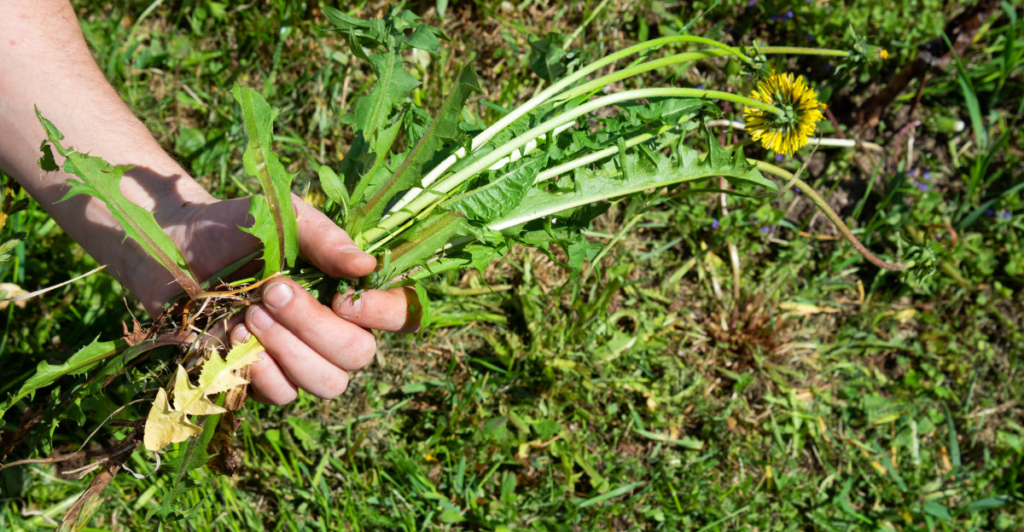
If left unattended, weeds can be devastating to your plants’ growth as they compete for nutrients and water in the ground. Clear beds thoroughly before planting, and mulch with mushroom compost to suppress regrowth.
Adapting to Unpredictable Weather
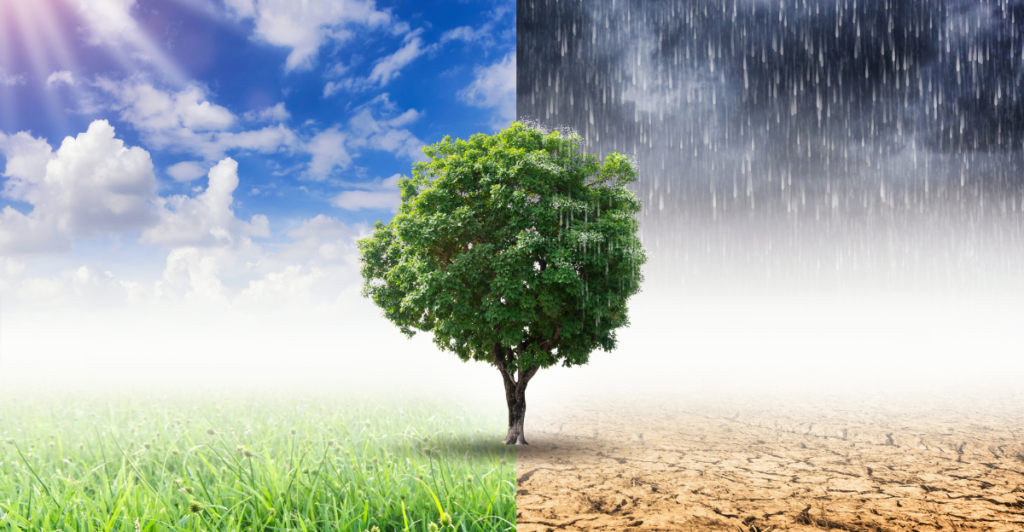
Weather surprises can always happen no matter how much planning goes into your planting. Keep backup seedlings indoors for late frosts, and use cold frames or hoop houses to extend the growing season. Keeping a close eye on these weather changes can help manage your plants to give them the best chance of survival.
References:
Gardening for beginners: how to plant
When to Plant – Get Your Crops in the Ground at the Right Time
Vegetable calendar: What to plant each month


